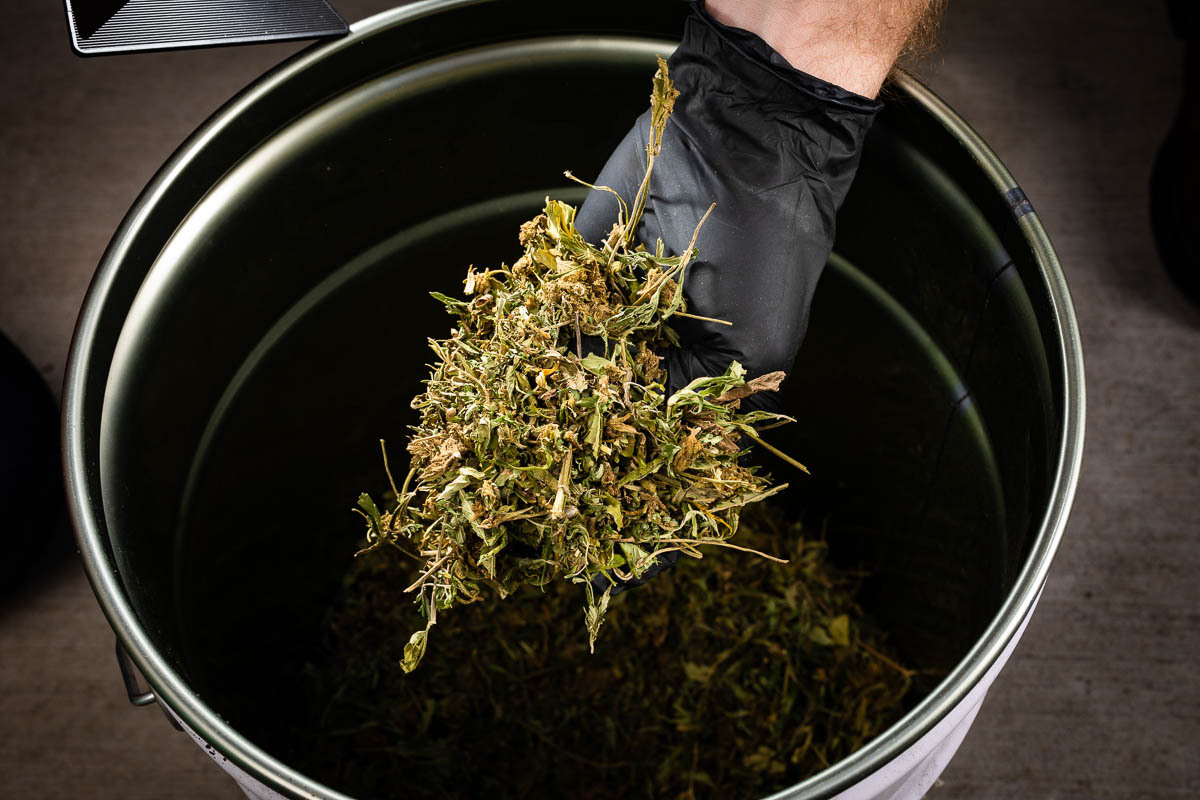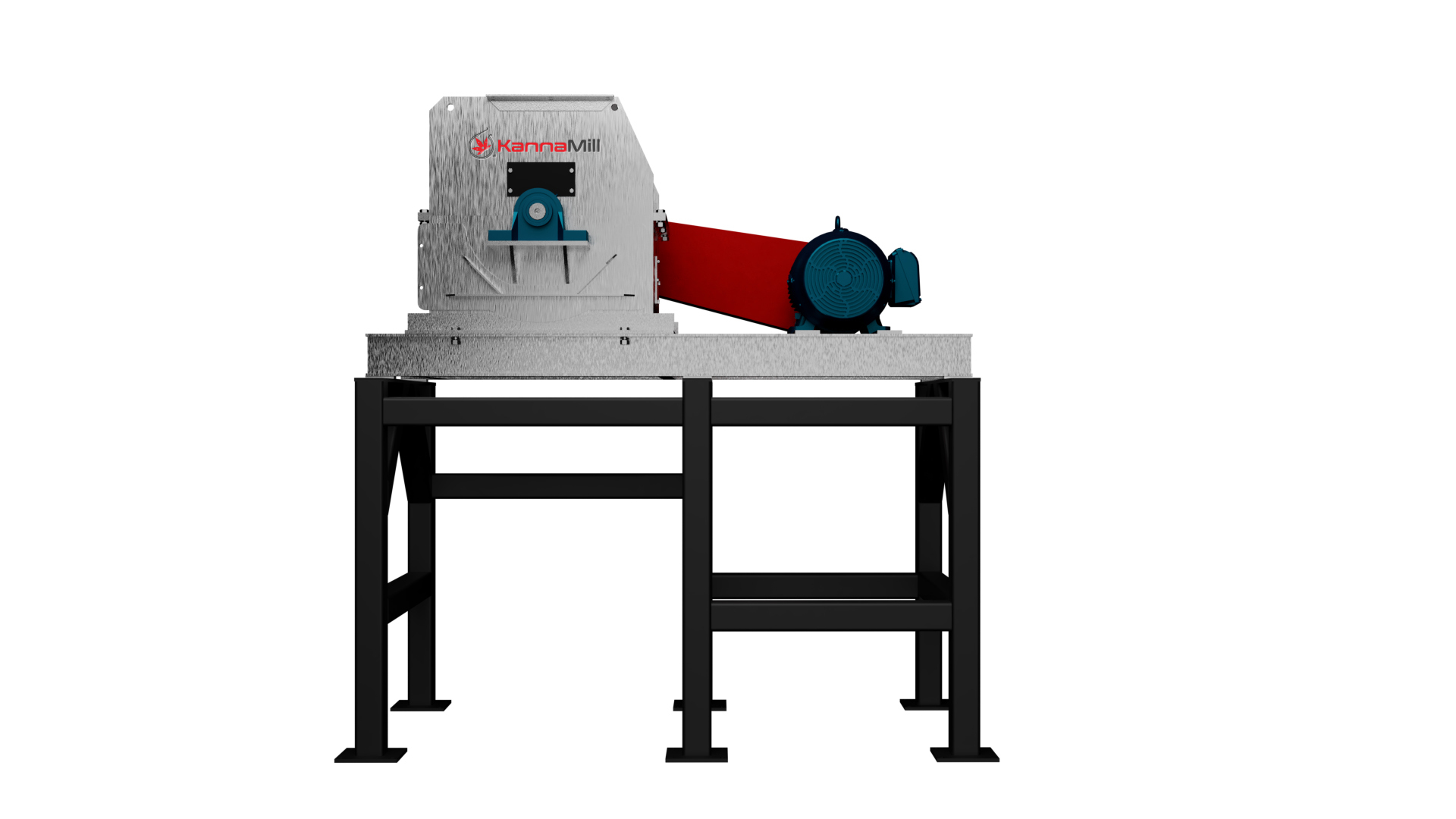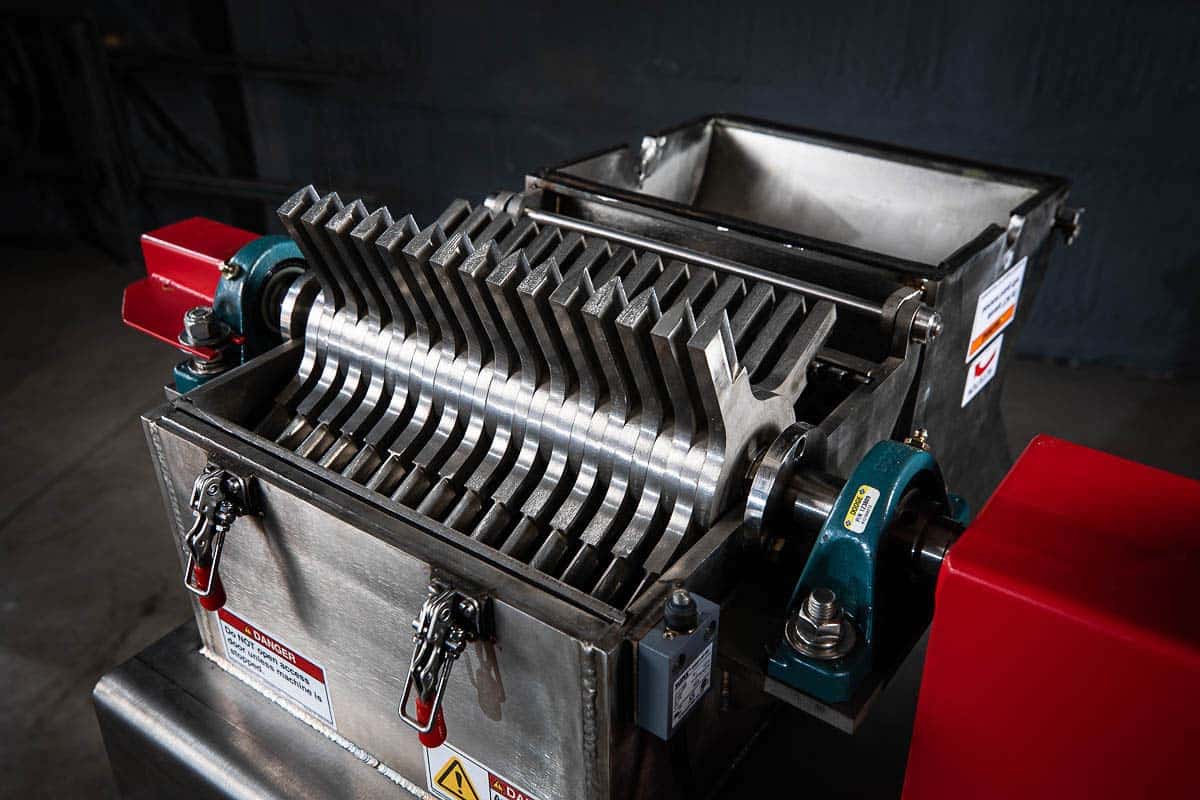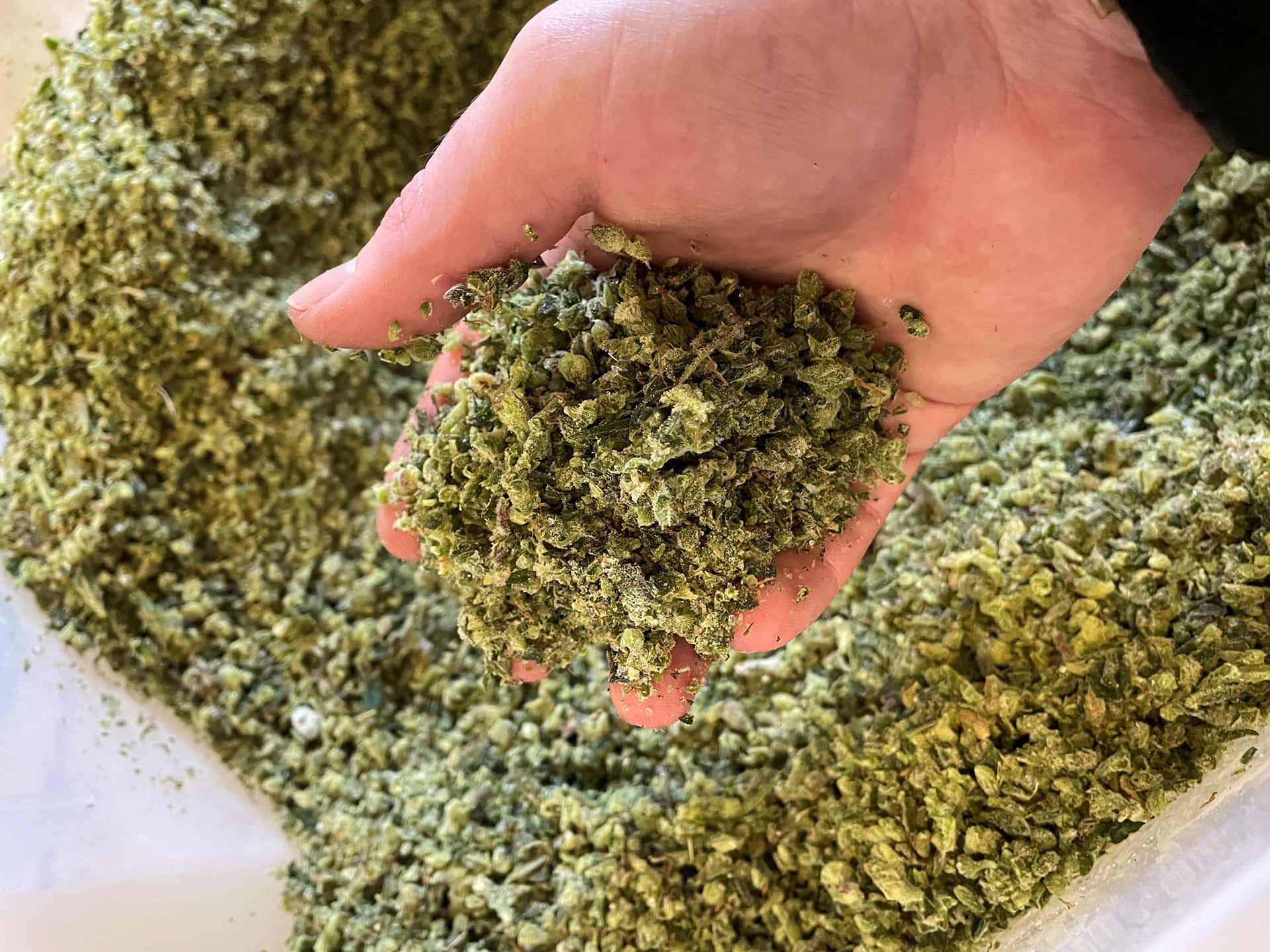Why is grinding necessary?
A common question we get is, “How can I achieve consistent particle sizes?” It always points to milling or grinding as being the cheapest and most efficient way. There are several reasons why milling biomass is important for extraction, prerolls, building materials, and several other uses. Below are a few examples.
Extraction:
- The density increases when the biomass is milled. This means more material can be packed into extraction vessels.
- Milling can provide tight particle size distributions, which helps increase efficiency during the extraction process.
- The two most common extraction methods (CO2 and Ethanol) require different particle sizes. For example, CO2 extraction requires a smaller uniform size to prevent channeling within the extraction vessel whereas Ethanol extraction requires larger particle sizes for maximum absorption.
Prerolls:
- Consistent particle sizes help provide ease of filling the cones used in prerolls.
- A coarse particle size is needed for prerolls to provide the consumer with an even burn without “canoeing”. A simple screen change and RPM alteration on the mill can ensure the operator will achieve consistent sizes rather than fine powder.
- Uniformity can also eliminate unwanted stems that usually puncture the wrapper of the preroll. This eliminates stress on QC and helps maintain uptime in production.
To hear about what KannaMill does differently than other processing companies, reach out to us at 800-447-4634 or email us at techsales@kannamill.com.




